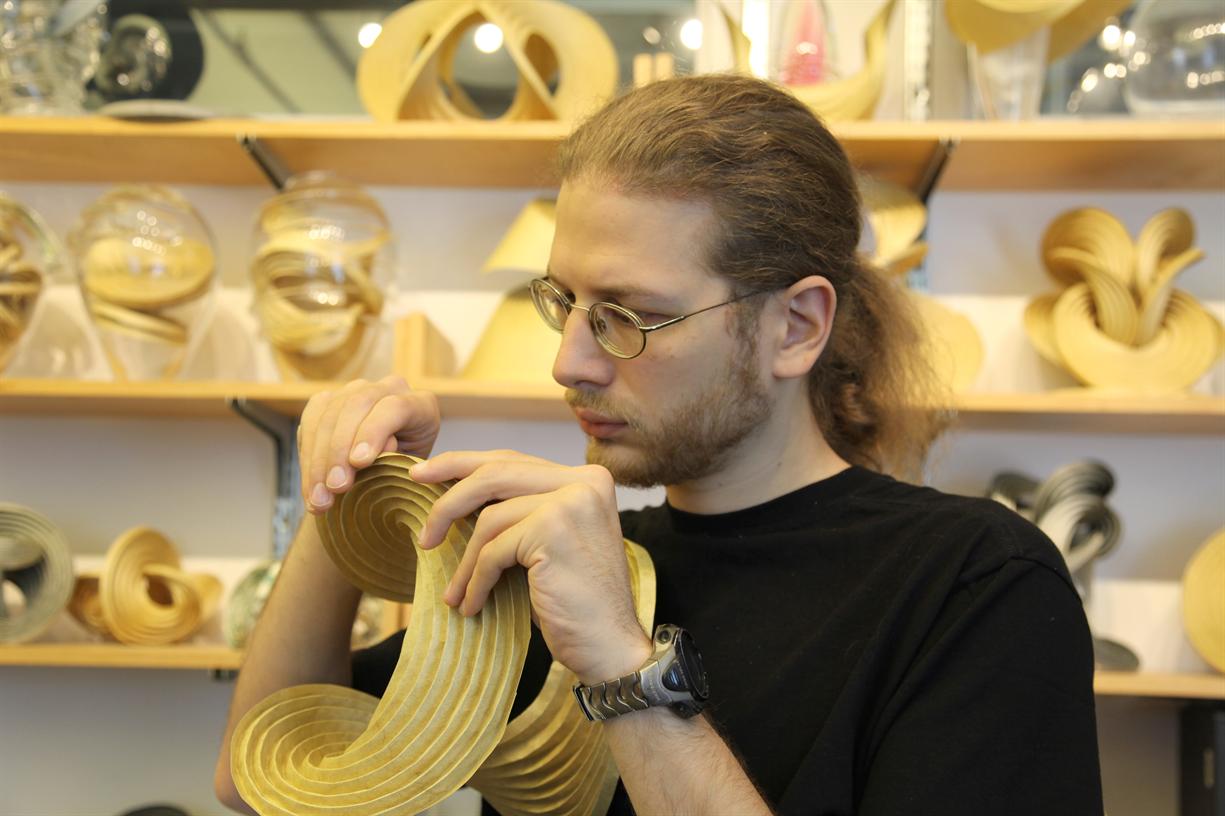They went on to explore the principles of sustainable communities by the investigation of real life towns and cities and examination of green buildings and sustainable technologies. These concepts helped them to re-plan Grayville and turn it into a livable, green community named Greenville.
The program engaged the students throughout and provided a wonderful opportunity for them to increase their understanding of sustainability issues, design, heritage
and urban planning.
Students also researched clean energy alternatives and
sustainable architecture as well as visiting community gardens and analysing
their local neighbourhood.
The Green Community Kit (Grades 5-8) is the second kit produced by the National Building Museum and joins the Bridge Basics Program Kit (Grades 5-9) which uses bridge engineering and design as vehicles for exploring and solving problems. Both kits could be used and adapted to suit any Technology class from Yr 5-12 including Yr 7/8 Technology Mandatory, Yr 9/10 Graphics or as an introduction to senior Engineering classes.
I hope to spend time working on an Australian version of the Green Community Kit while here in the US and also observe the NBM's Teacher Workshops for this kit. The third kit in the series is a program titled, Designing for Disaster which is currently under development.
All Curriculum Kits are available through the National Building Museum's website:
http://www.nbm.org/schools-educators/educators/curriculum-kits.html
I hope to spend time working on an Australian version of the Green Community Kit while here in the US and also observe the NBM's Teacher Workshops for this kit. The third kit in the series is a program titled, Designing for Disaster which is currently under development.
All Curriculum Kits are available through the National Building Museum's website:
http://www.nbm.org/schools-educators/educators/curriculum-kits.html



























.jpg)

.jpg)